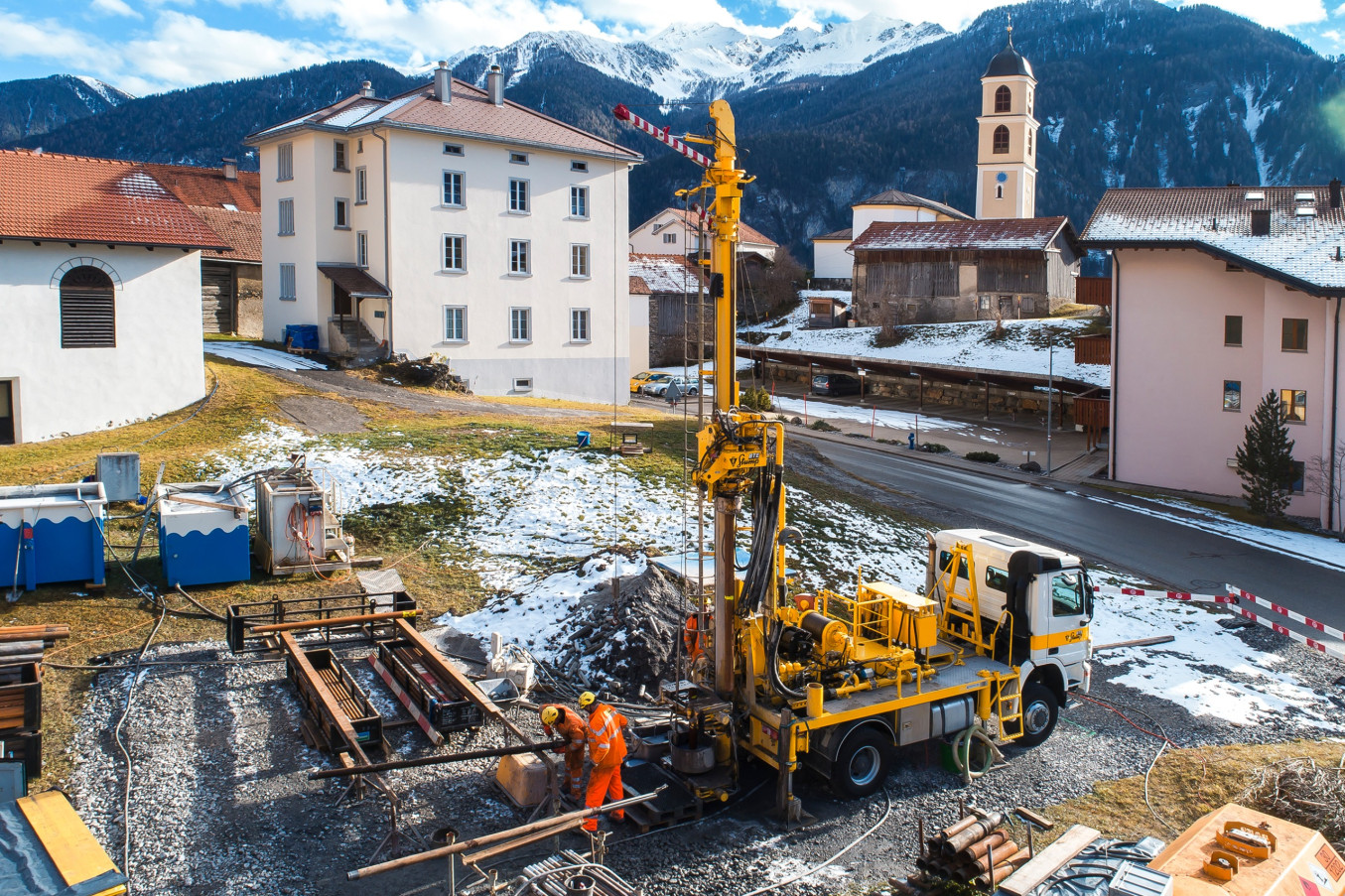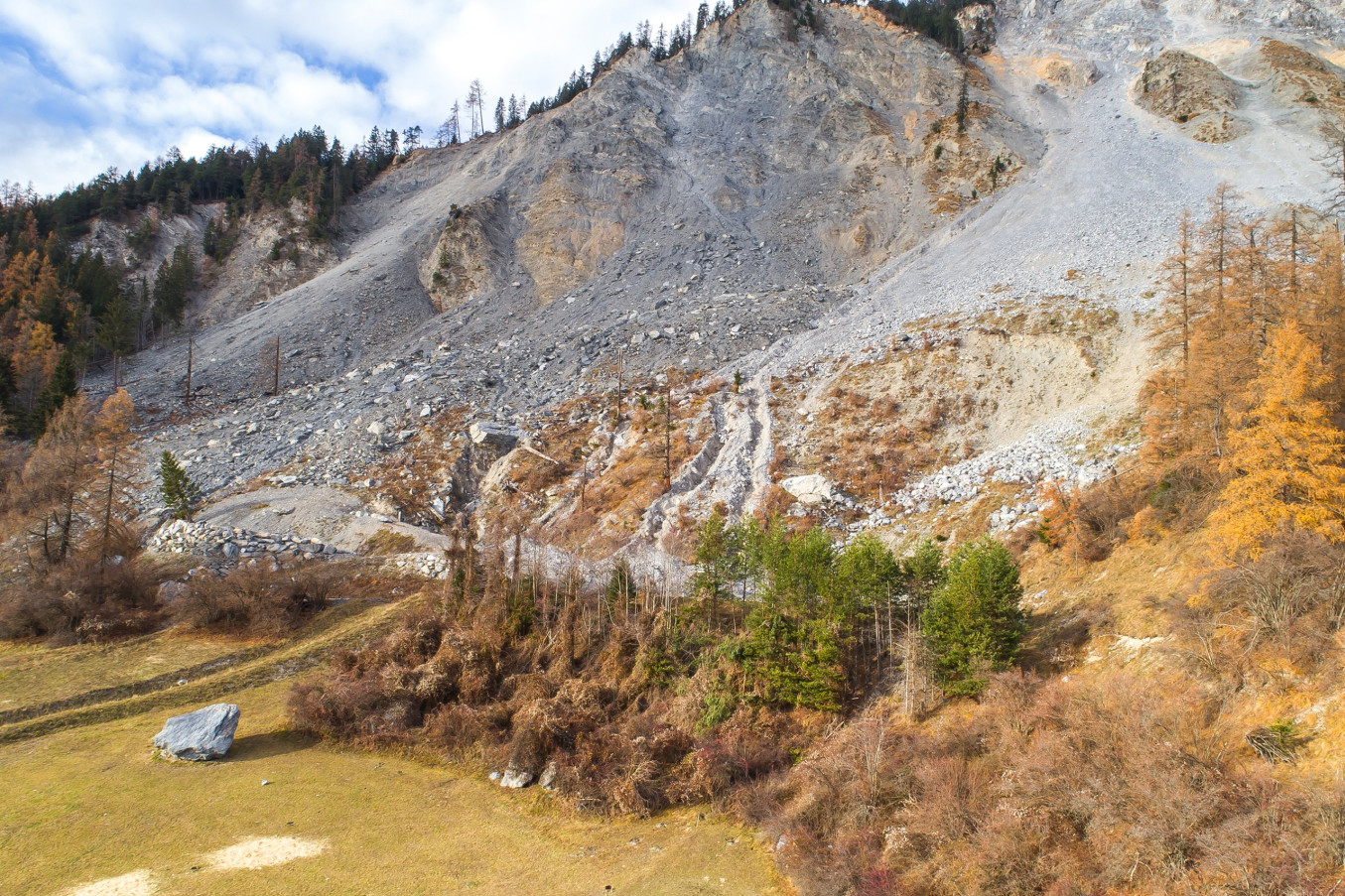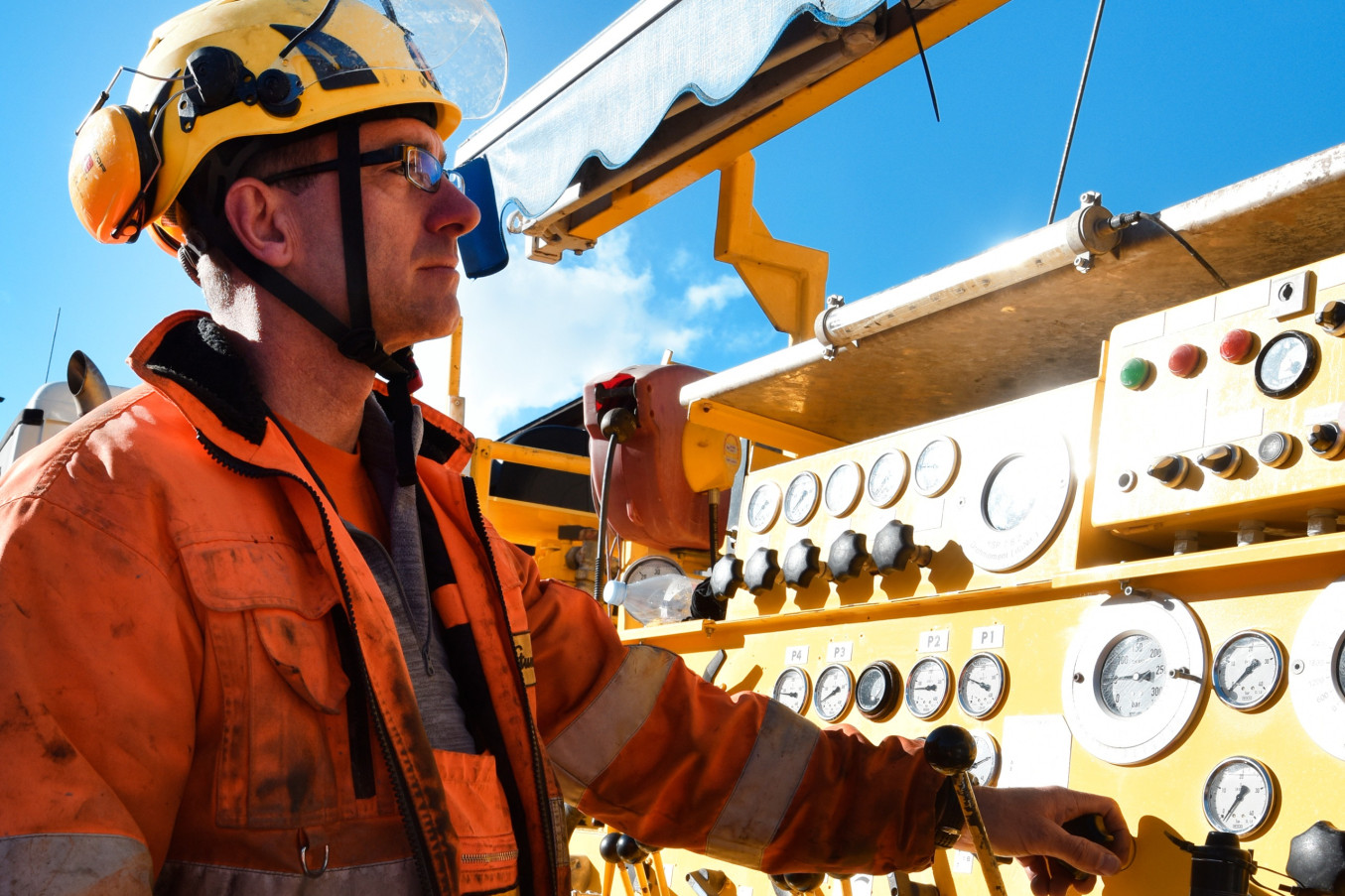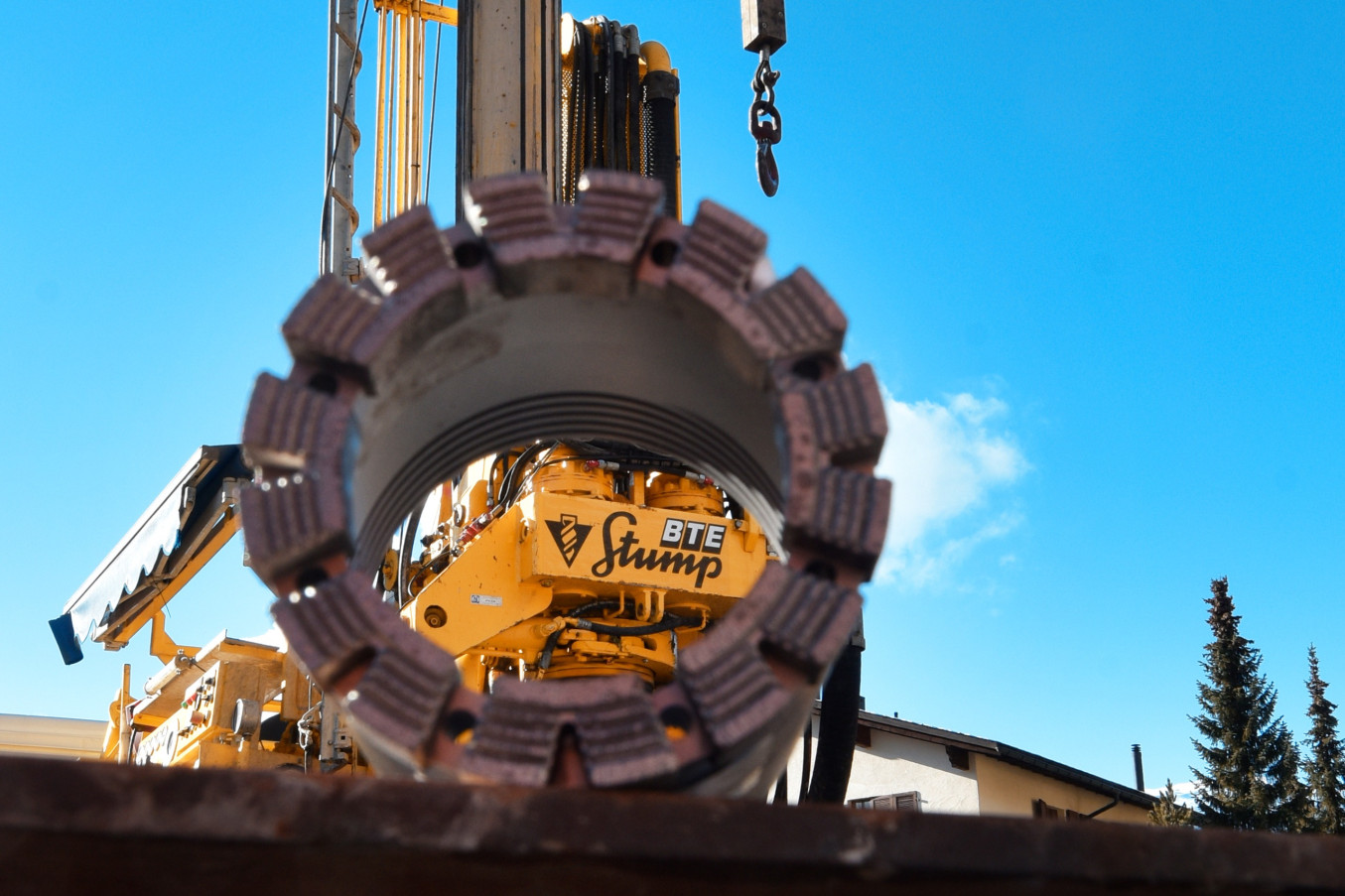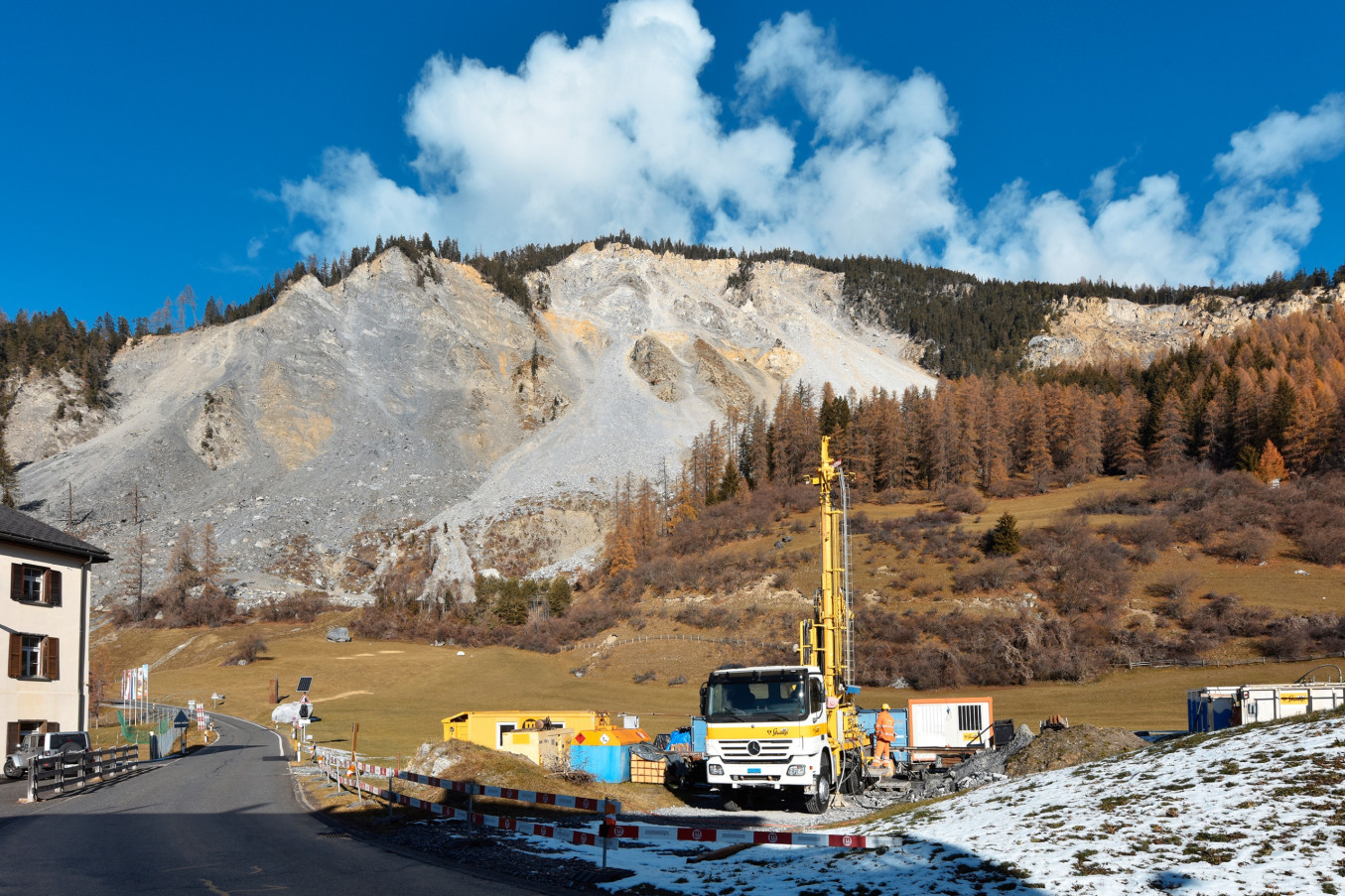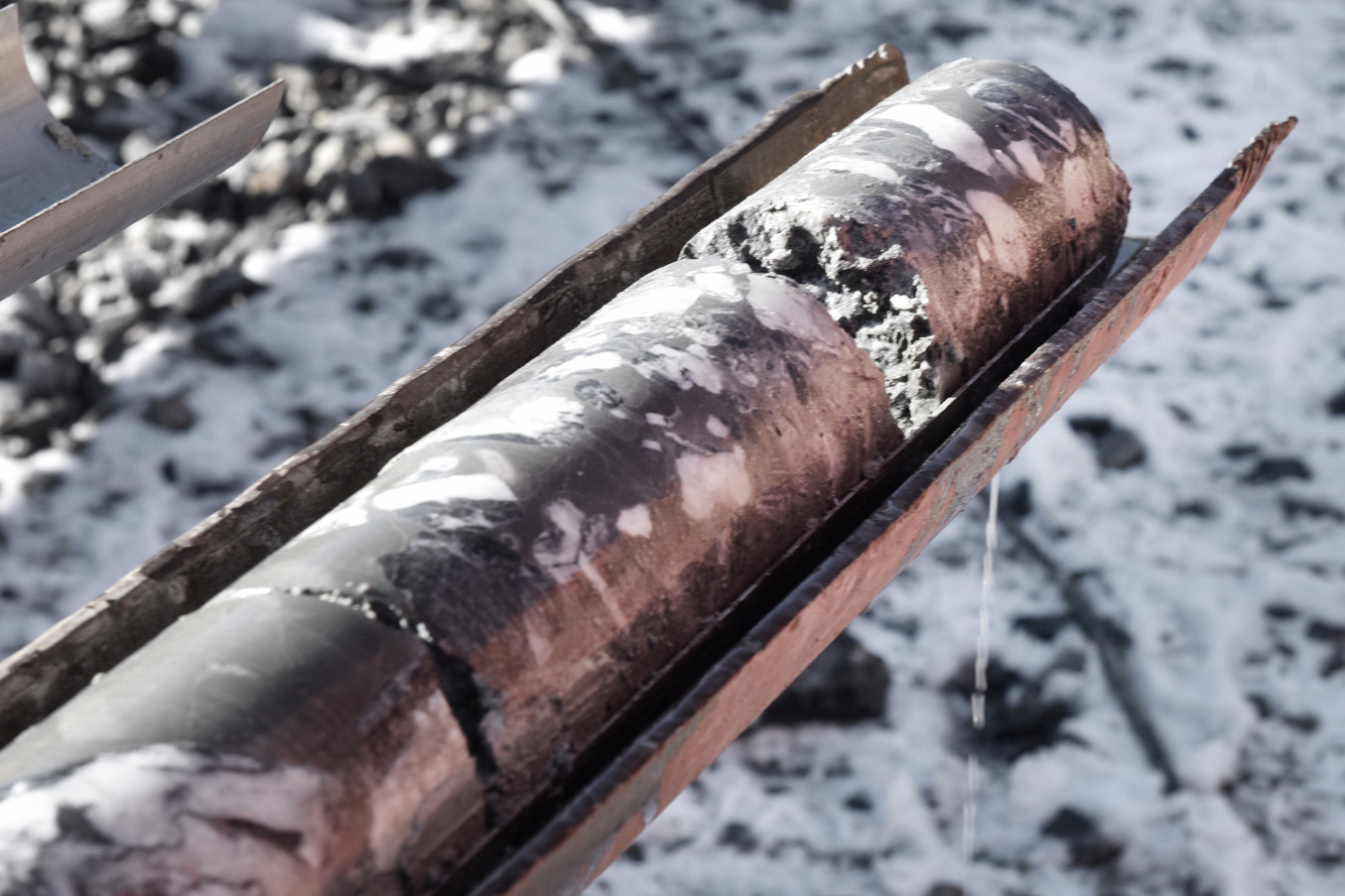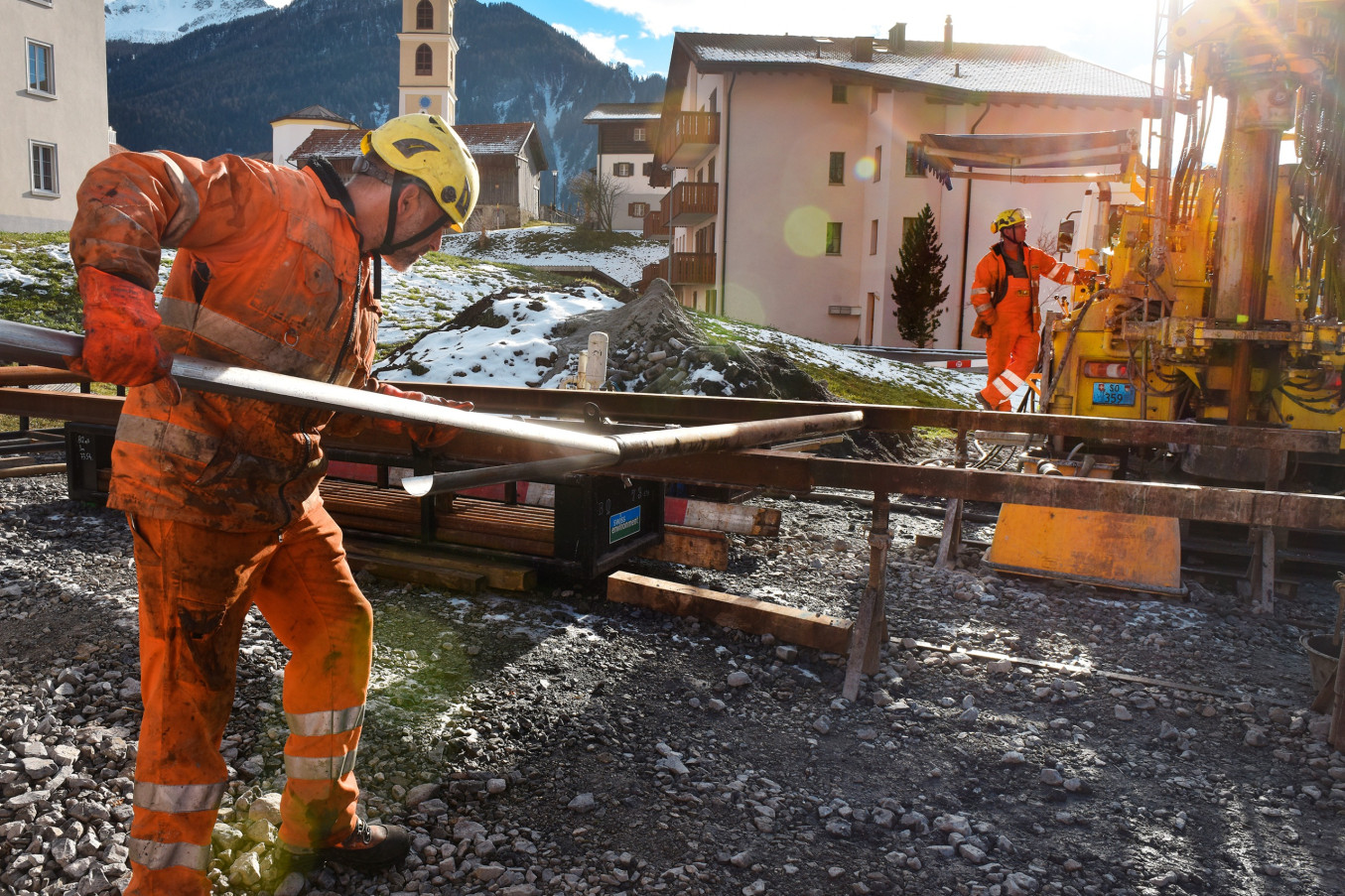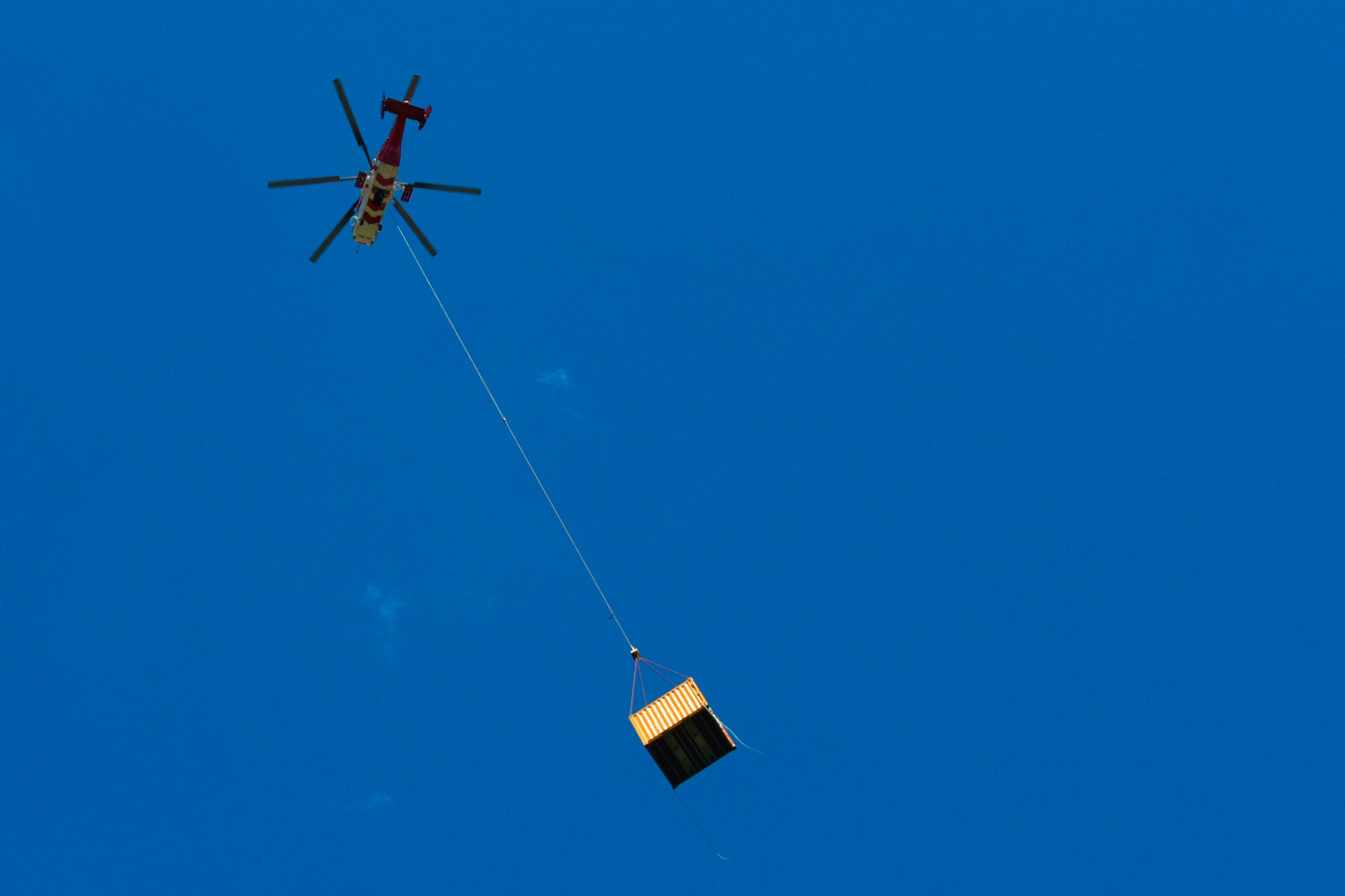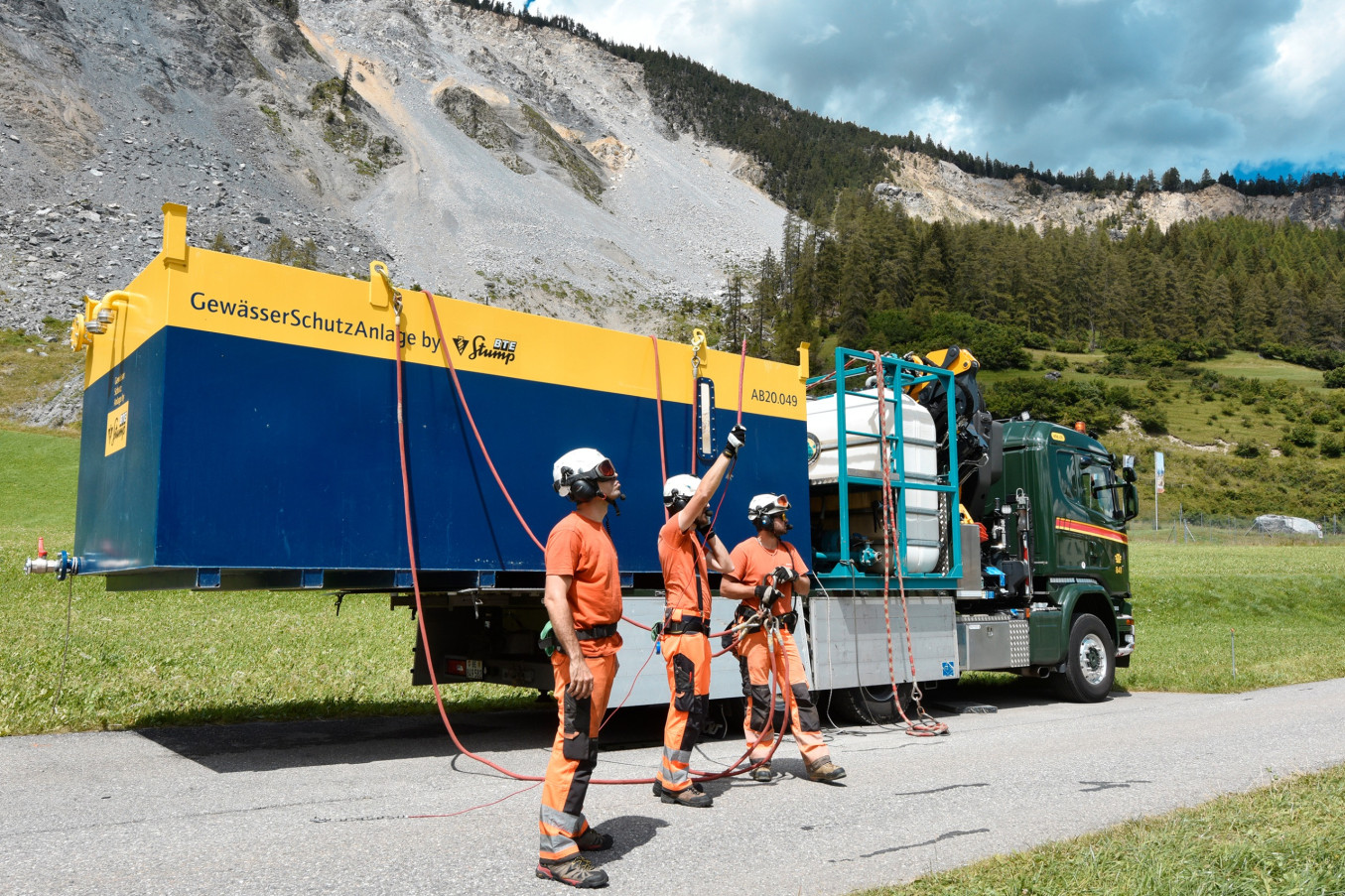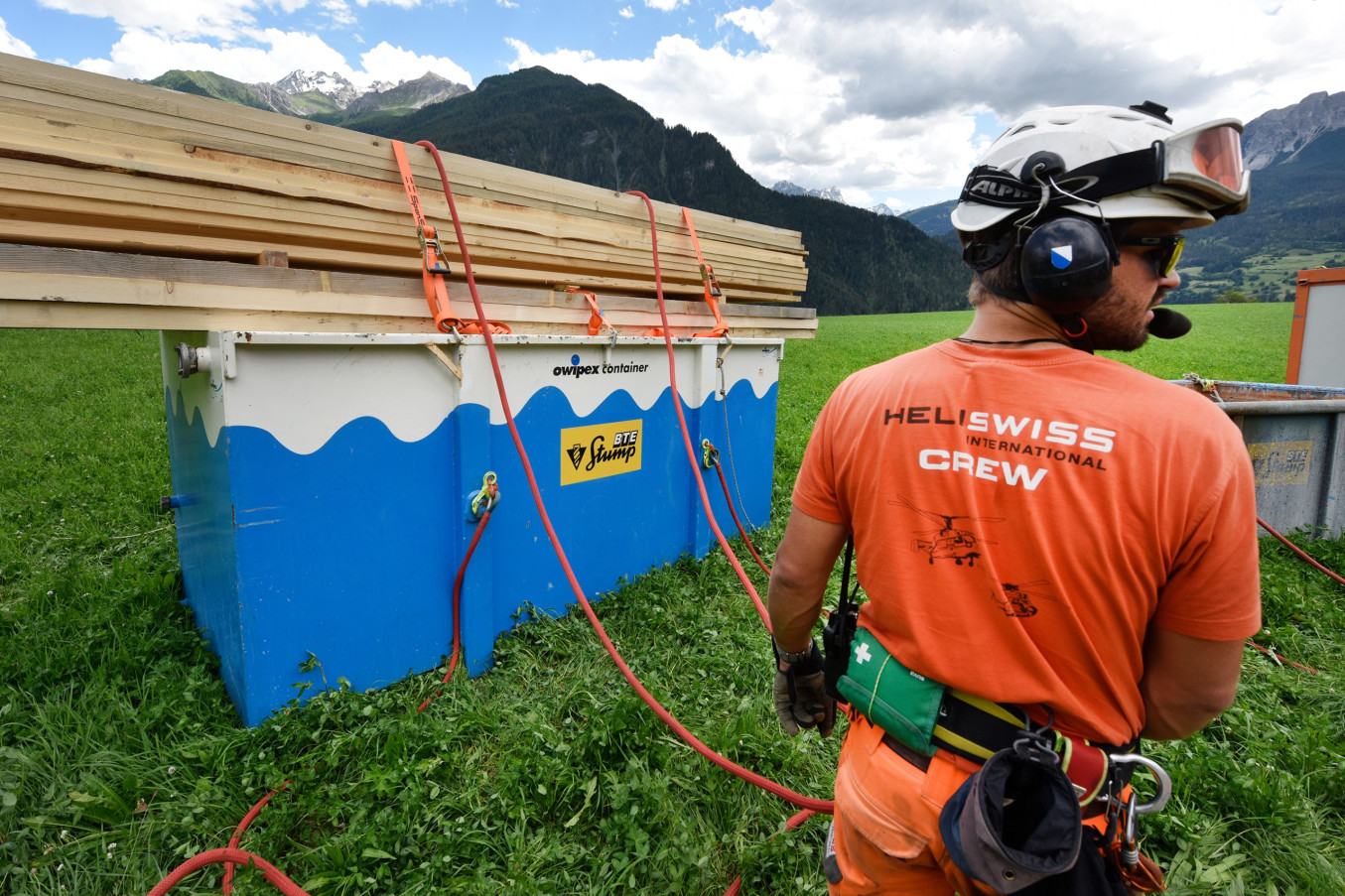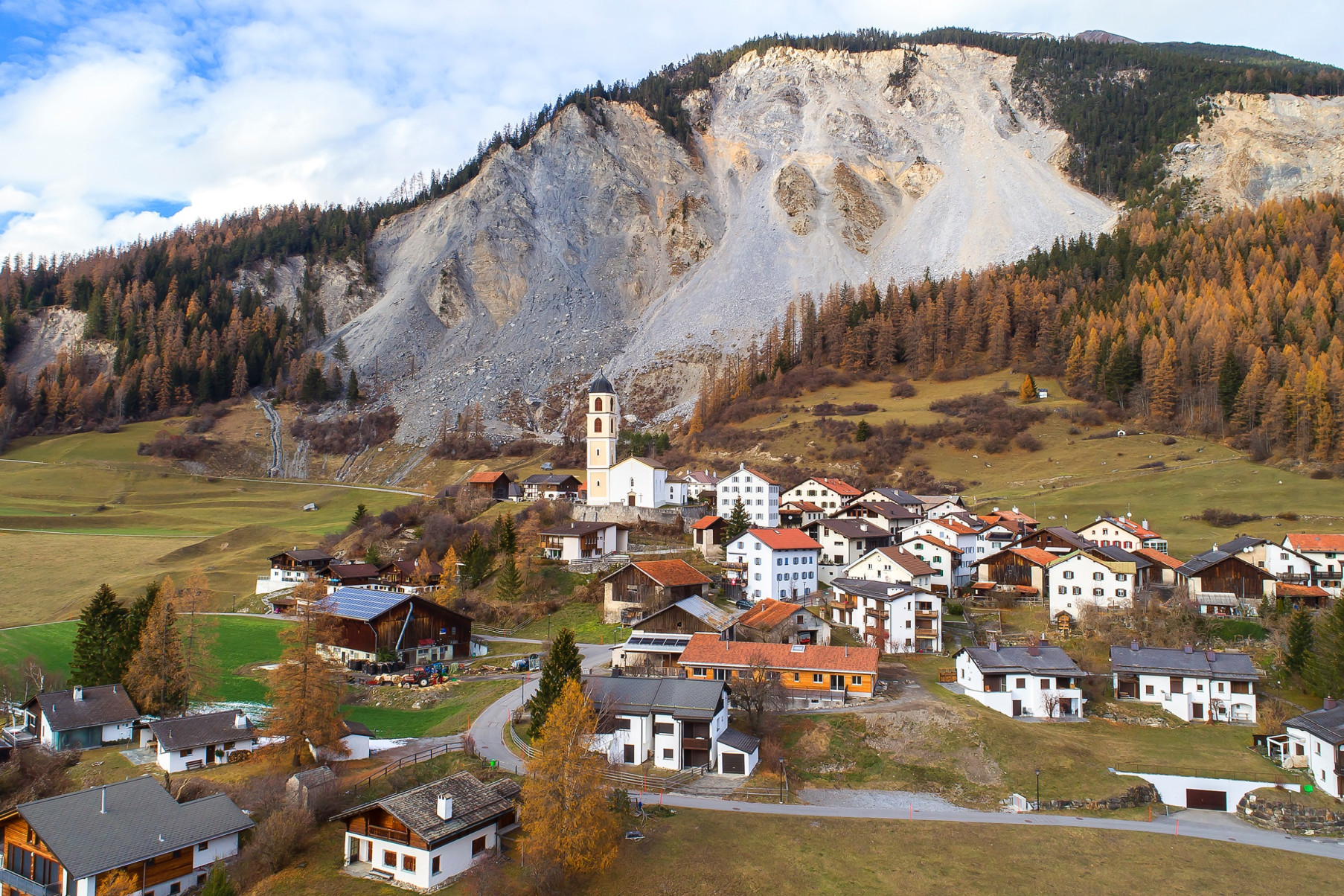
Challenging drilling in Brinzauls
Brienz/Brinzauls in the canton of Grisons stands on unstable ground. The village is currently slipping down into the valley at a rate of roughly 1.5 m per year. The canton commissioned Stump-BTE to carry out core drilling in the village and directly in the mountain’s landslide zone from 2018 to 2020. From March 2022, further drilling is slated to follow in an exploratory gallery.
The exploratory boreholes between 2018 and 2020 were used to evaluate the conditions in the landslide mass, which was up to 150 m thick. Since the fall of 2021, a follow-up measure was implemented in the form of an exploratory gallery drilled into the aquiferous layer. The experts hope that they will be able to slow the landslide by using this tunnel to drain the layer. During this process, the expertise of Stump-BTE will once again be in demand, with the experts carrying out further exploratory drilling in the gallery starting in March 2022.
The Drilling from 2018
The village is moving at breakneck speed. This is what made the geologists ask whether this process could be stopped. The basis for additional findings came from a drill core supplied by the specialists at Stump-BTE. For precisely this purpose, one of its drilling rigs in Brienz/Brinzauls south of Lenzerheide was already in operation from 2018. The team drilled under contract to the Department of Forest and Natural Hazards of the Canton of Grisons. The objective was to learn more about the structure of the subsurface all the way down to a depth of around 200 m. This was no mean feat.
Drilling operations were carried out using the wire line core drilling method. The team employed a triplex tube for this. The outer tube bored into the subsoil. The liner was located in the second tube, the inner tube. To recover the drill core, a winch was used to hoist the inner tube with the liner. The entire drill string remained in the borehole, which allowed the team to achieve the best core quality. This is essential because geologists depend on the most exact bases possible. The main shifting zone at a depth of about 150 m was particularly interesting.
“We drill using the wire line core drilling method. After all, we currently achieve the best possible core quality with this process.”
